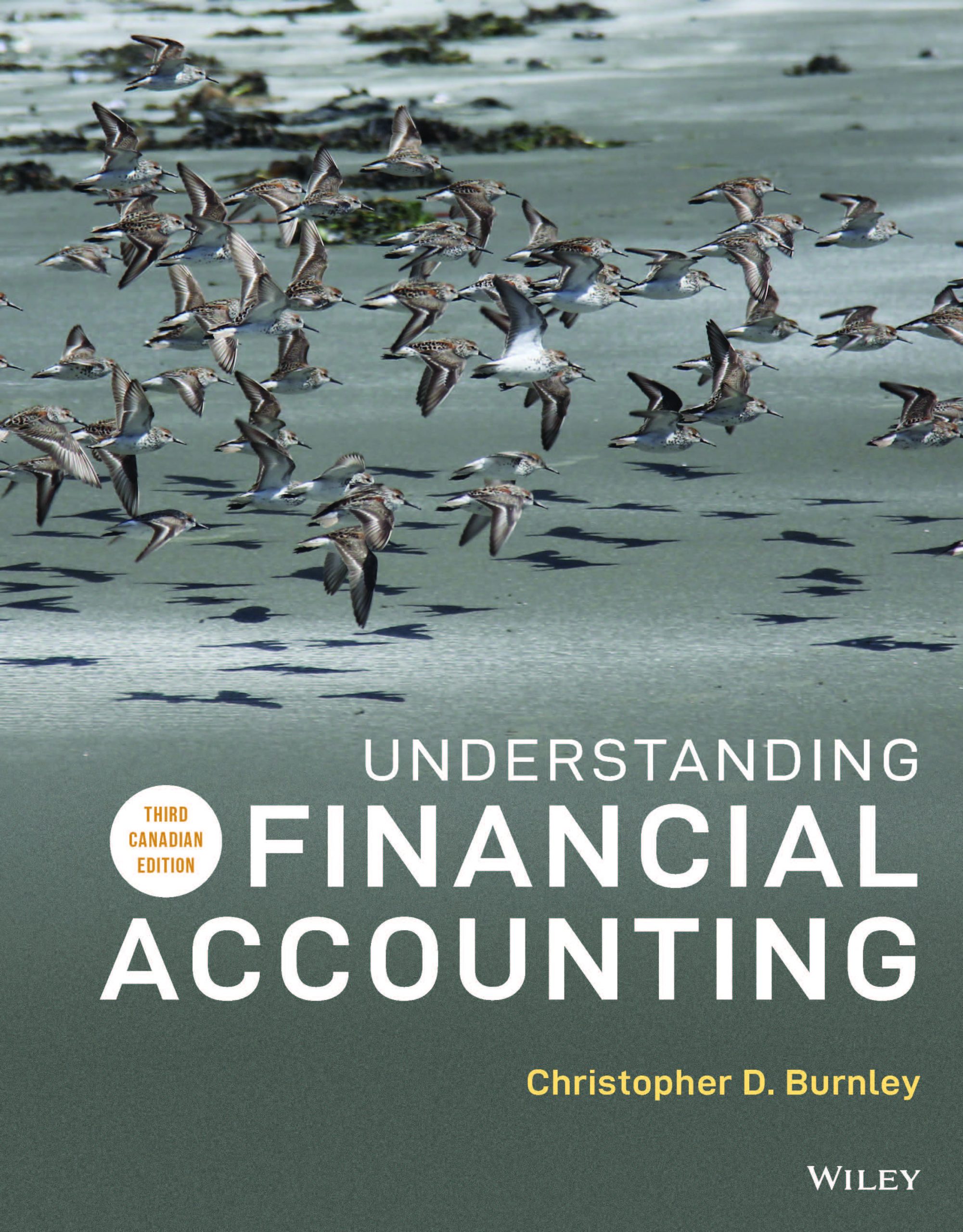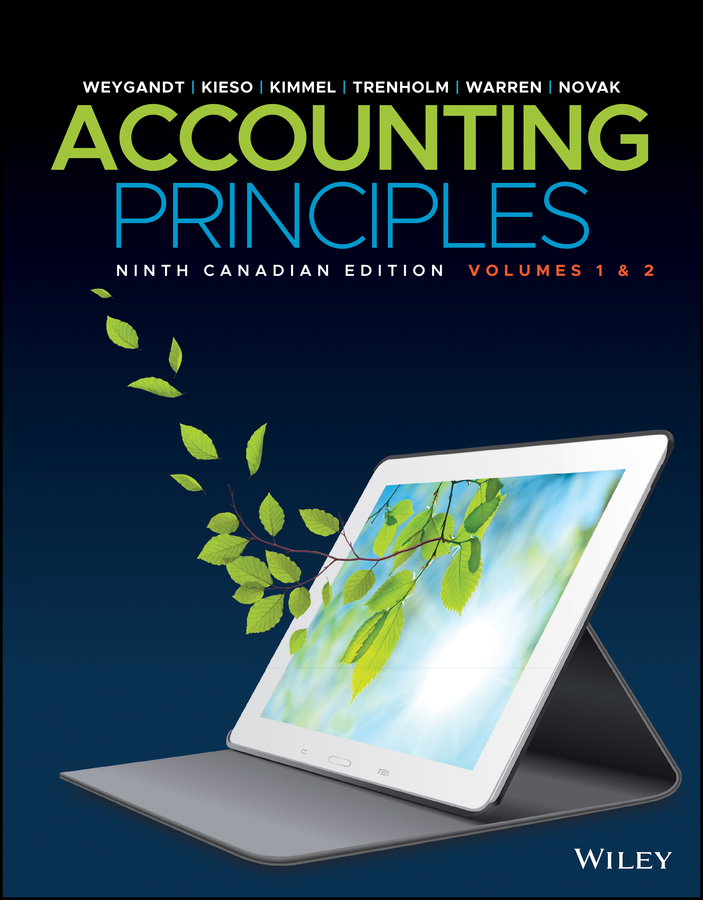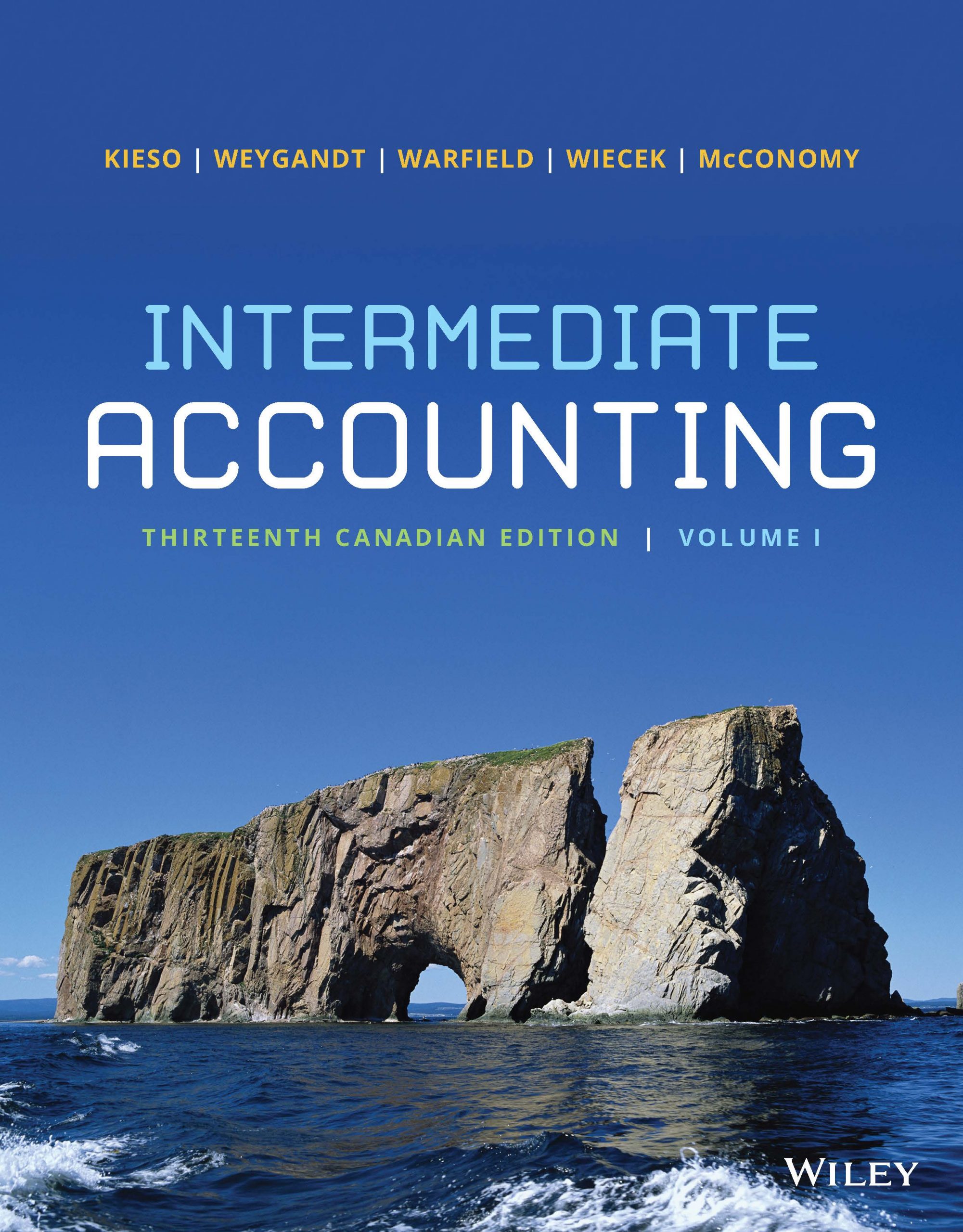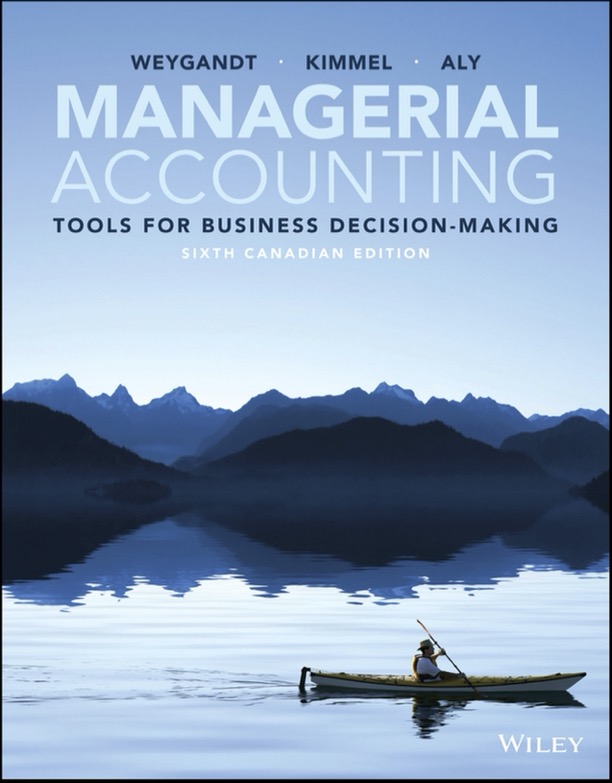International accounting standards definition of Going Concern:
‘a going concern … will continue in operation for the foreseeable future … [and] … has neither the intention nor the need to liquidate or curtail materially the scale of its operations’
The purposes of the going concern assessment:
To determine whether the financial statements give a true and fair view and in
particular:
1. To determine whether a break‐up or liquidation basis of accounting, rather than the
going concern basis of accounting, should be adopted in the financial statements
and, if so, to provide related disclosures about the basis of accounting adopted; and
2. To evaluate whether there are material uncertainties about whether the entity is a
going concern that should be disclosed in the financial statements.
They say the auditor is a watchdog not a bloodhound. But should the auditor raise the alarm when an entity is running into financial difficulty?
In revisiting the events that occurred during the 2008-09 financial crisis, some regulators have been questioning whether auditors did enough to raise red flags about the financial difficulties facing their clients, particularly banks, or were they “the watchdog that didn’t bark?”
A number of initiatives around the world are exploring how best to provide practical and timely disclosures to users regarding potential going concern issues an entity may be facing.
An audit is not designed to provide assurance on the future viability of the entity – it is, after all, looking at the historical results of the entity.
Even if it was so designed, if the auditor included an alert in the auditor’s report casting doubt about the future viability of the entity it could quickly become a self-fulfilling prophecy.
So how do current standards deal with this conundrum?
Under current auditing standards, the auditor’s responsibility is to conclude whether management’s use of the going concern assumption when preparing the financial statements remains appropriate. In simple terms this just means making sure that the entity has not decided to liquidate or cease trading, or has no realistic alternative but to do so. In theory, if the going concern assumption is not appropriate, the auditor should qualify the auditor’s report – a situation which very rarely happens in practice. By the time an entity reaches this stage the writing is already on the wall, and everybody knows about it.
The auditor is also required to alert the reader when the entity is a going concern but a material uncertainty exists, and point to where that uncertainty is disclosed in the financial statements. Some users do not see this alert as being early enough to be useful.
So how does the audit meet the public interest in times of trouble?
Two different views are developing. The International Auditing and Assurance Standards Board is working within current standards towards revising the auditor’s report to provide more transparency about the auditor’s responsibilities and conclusions relating to going concern.
But the United Kingdom’s Sharman Inquiry: Going Concern and Liquidity Risks: Lessons for Companies and Auditors is going in a whole different direction.
Lord Sharman would like to see a move away from the existing model where disclosures about going concern risks are only highlighted when there are significant doubts about the entity’s survival. The new model would strengthen the going concern assessment process and require the MD&A to always include a statement on going concern risk disclosures and how management arrived at it. This statement would be supported by a report by the audit committee and conclusion of the auditor about the robustness of management’s going concern assessment process. Lord Sharman believes that this model will engender a greater openness between entities and investors and avoid the self-fulfilling prophecy issue.
Discussion Questions:
- Is adding more transparency about Going Concern and Liquidity Risks, in the auditor’s report a viable solution?
- Should the Going Concern and Liquidity Risks be disclosed by management and not the auditor?
- Should the Going Concern and Liquidity Risks be the responsibility of the stakeholders
Report written by Eric Turner: You may wish to email any comments to [email protected]









Leave a Reply